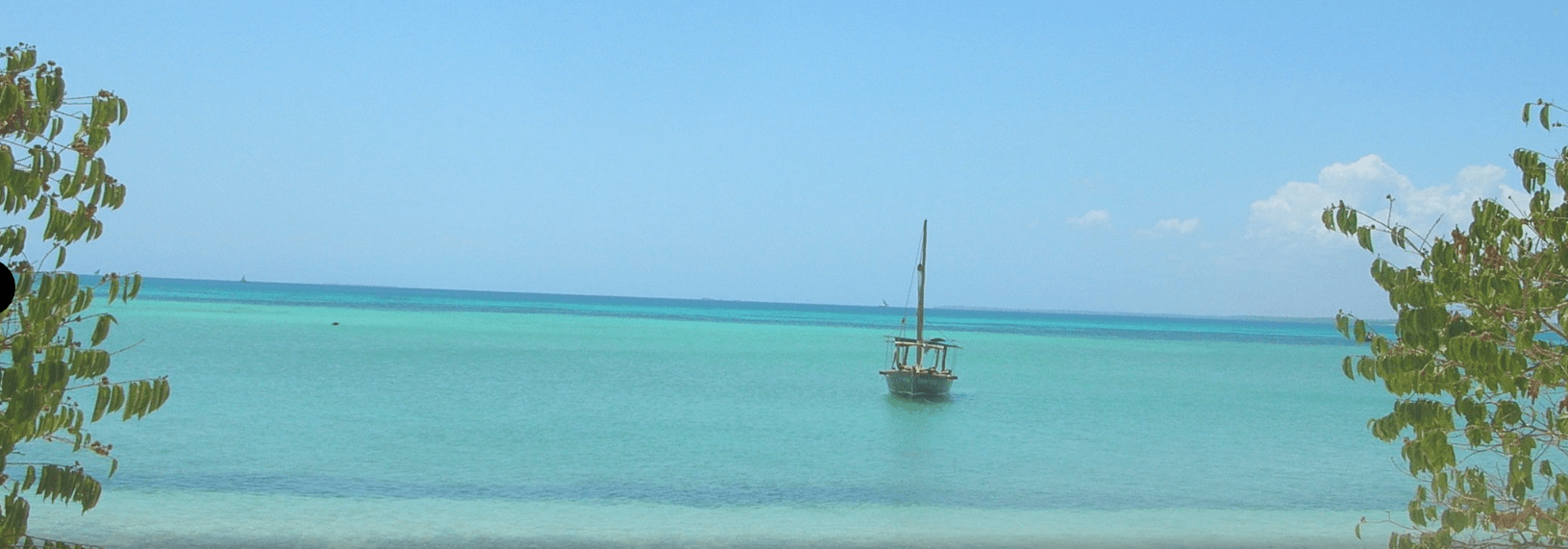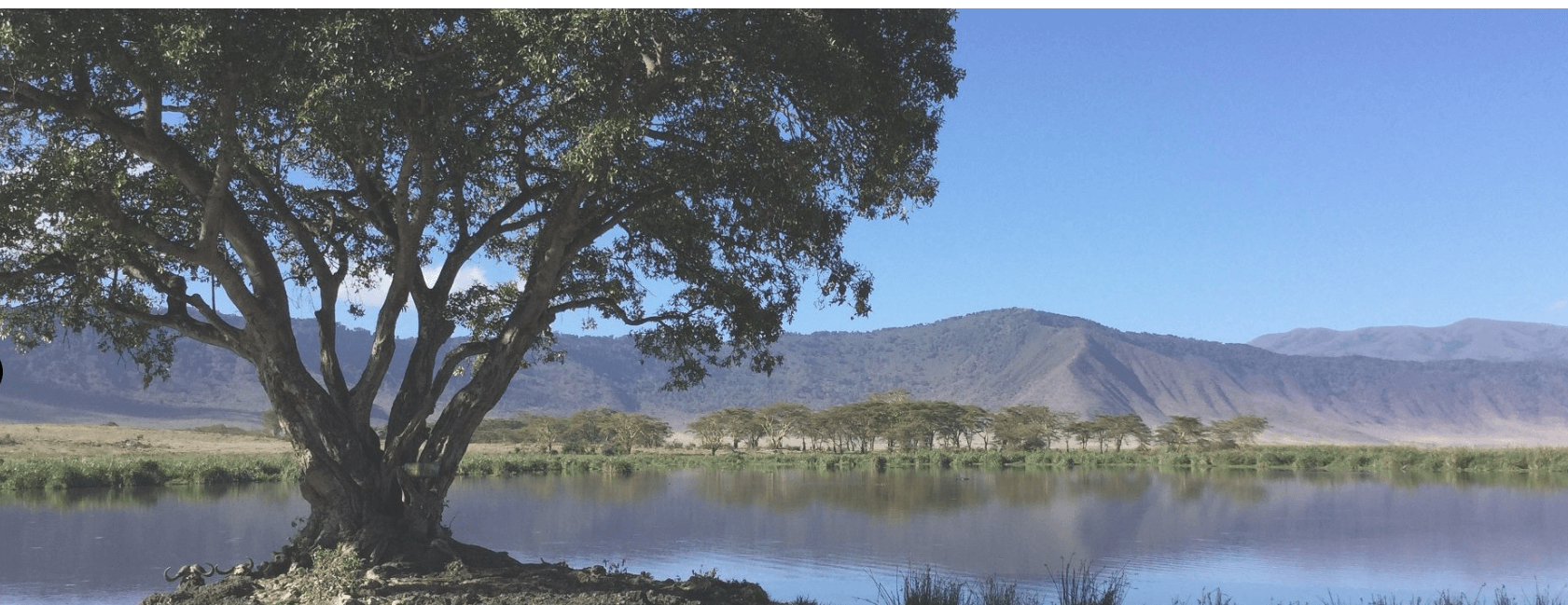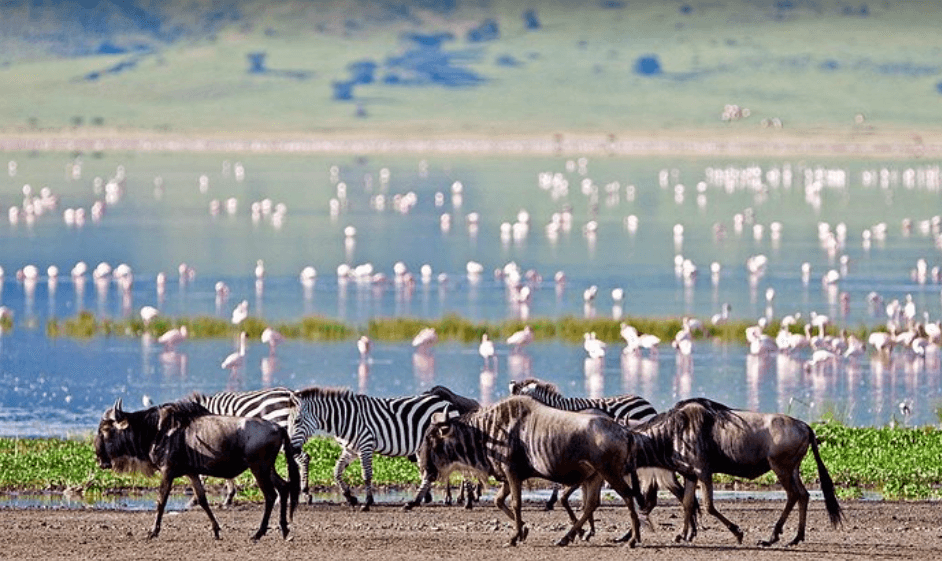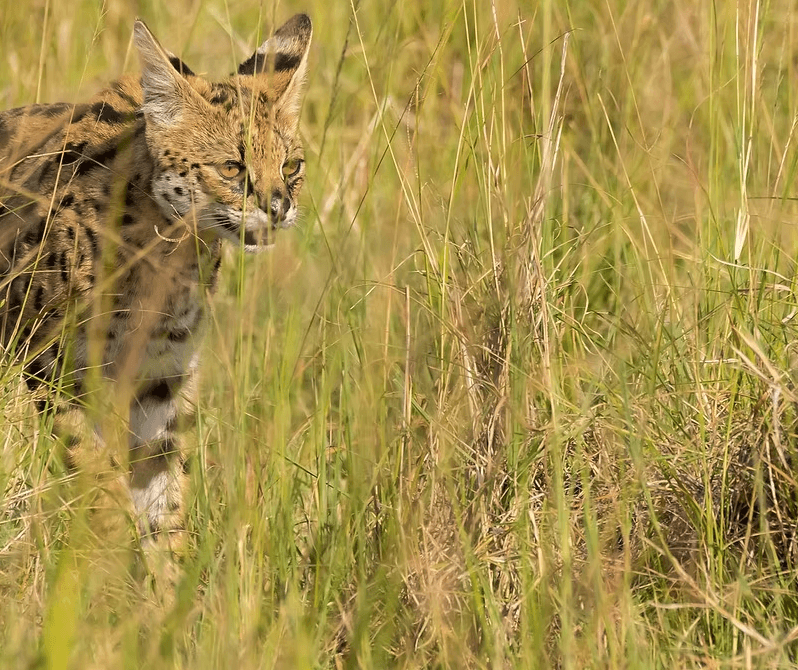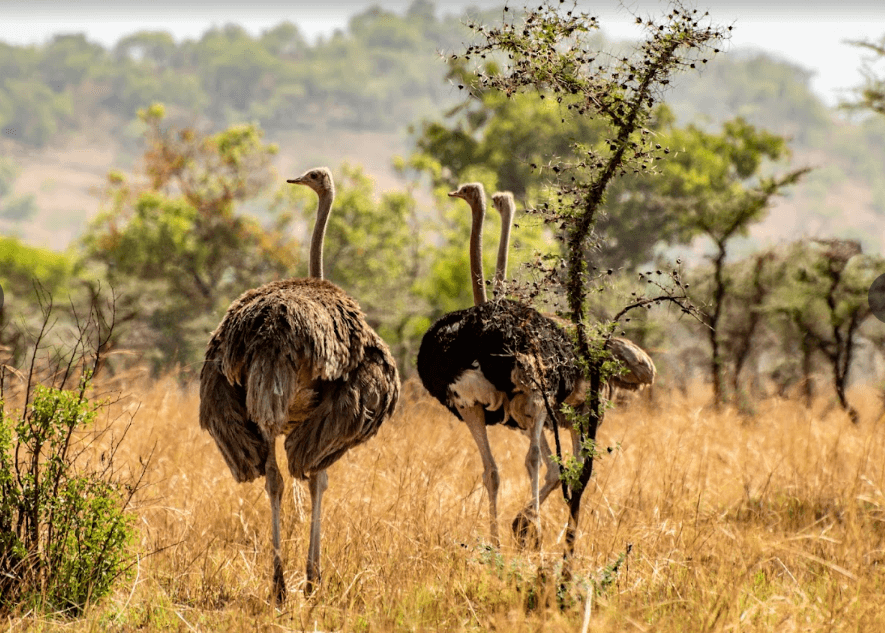Tsavo East National Park
Tsavo East National Park: Your Ultimate Guide to Kenya’s Vast Wilderness
Tsavo East National Park is one of Kenya’s largest and most iconic national parks. Spanning approximately 13,747 square kilometers, it is a vast wilderness teeming with diverse wildlife, breathtaking landscapes, and historical significance. Established in 1948, Tsavo East is part of the Tsavo Conservation Area, alongside Tsavo West National Park. The park is famous for its “red elephants”, which appear covered in a red dust coating from the park’s rich iron-rich soil.
Unlike the busier Maasai Mara and Amboseli, Tsavo East offers a quieter, more immersive safari experience, making it perfect for nature lovers and wildlife photographers seeking unspoiled landscapes and abundant wildlife.
This guide covers everything you need to know about Tsavo East National Park, from its history and how to get there to its must-visit attractions, activities, accommodation options, and frequently asked questions.
A Historical and Ecological Marvel
A Brief History of Tsavo East
Tsavo East National Park was officially gazetted in 1948, making it one of Kenya’s oldest national parks. The name “Tsavo” comes from the local language, meaning “place of slaughter”, referencing the historical attacks by the infamous “Man-Eaters of Tsavo”—a pair of maneless lions that terrorized railway workers during the construction of the Kenya-Uganda Railway in the late 19th century.
Today, Tsavo East stands as one of the most important wildlife conservation areas in Africa. It is home to thousands of elephants, big cats, and over 500 bird species, making it a must-visit destination for wildlife enthusiasts.
Unique Landscapes and Ecosystems
Tsavo East’s landscape is semi-arid, with vast open savannas, acacia woodlands, scrublands, and riverine vegetation along the Galana River. This ecological diversity supports a variety of wildlife, from large herbivores to elusive predators.
How to Get the Park
Tsavo East is easily accessible from Nairobi and Mombasa, making it a convenient safari destination for both domestic and international travelers.
By Road
- From Nairobi: The park is 233 km southeast of Nairobi, and the drive takes 3 to 4 hours via the Nairobi-Mombasa highway. Visitors typically enter through the Mtito Andei or Manyani Gate.
- From Mombasa: Tsavo East is 100 km northwest of Mombasa, making it a short 2-hour drive. The Bachuma Gate is the most commonly used entry point for travelers from the coast.
By Air
For those seeking a quicker journey, chartered flights are available from Wilson Airport (Nairobi) and Moi International Airport (Mombasa). The park has several airstrips, including Voi, Sala, Manyani, and Bachuma.
Top Attractions
Tsavo East National Park is home to some of Kenya’s most breathtaking attractions. Here are the top must-see places within the park:
1. Galana River
Flowing through Tsavo East, the Galana River provides a lush green corridor, attracting elephants, crocodiles, hippos, and diverse birdlife. It’s an excellent spot for wildlife photography.
2. Lugard Falls
Named after British explorer Frederick Lugard, these rugged rapids are formed by the Galana River as it cuts through ancient rock formations. Visitors can marvel at the scenic cascades and spot hippos and crocodiles basking along the riverbanks.
3. Mudanda Rock
Mudanda Rock is a 1.5 km-long rock formation that acts as a natural water catchment area, attracting elephants, buffaloes, and other herbivores. Climbing to the top rewards visitors with panoramic views of the park.
4. Aruba Dam
This man-made dam, built in the 1950s, serves as a vital watering hole for wildlife, particularly during the dry season. It’s a prime game-viewing and birdwatching spot.
5. Yatta Plateau
Stretching 290 km, the Yatta Plateau is the world’s longest lava flow. It’s a geological wonder and a favorite spot for hiking and birdwatching.
Exciting Activities
1. Game Drives
Tsavo East offers thrilling game drives, with high chances of spotting the Big Five (elephants, lions, leopards, buffalos, and rhinos). Morning and evening safaris are best for wildlife sightings.
2. Bird Watching
With over 500 bird species, Tsavo East is a birdwatcher’s paradise. Look out for species like the African fish eagle, Somali ostrich, and golden-breasted starling.
3. Photography Safaris
From red elephants to scenic landscapes, Tsavo East provides stunning photography opportunities. Sunrise and sunset offer the best lighting conditions for capturing wildlife.
4. Guided Nature Walks
Explore Tsavo East on foot with an experienced guide, learning about flora, smaller wildlife, and traditional survival techniques.
5. Cultural Visits
Visit Maasai and Akamba villages near the park to learn about their traditional lifestyles and conservation efforts.
Accommodation
Whether you seek luxury, mid-range, or budget options, Tsavo East offers a variety of accommodations:
Luxury Lodges
- Satao Camp – Elegant tented safari camp with views of a popular watering hole.
- Ashnil Aruba Lodge – Located near Aruba Dam, offering comfortable rooms, fine dining, and excellent game viewing.
Mid-Range Lodges
- Voi Safari Lodge – Situated on a hilltop, offering breathtaking views of Tsavo’s landscapes.
- Ngutuni Safari Lodge – Located on the edge of Tsavo East, ideal for game drives.
Budget Campsites
- Ndololo Public Campsite – Affordable bush camping experience under the African sky.
- Kamboyo Campsite – A great option for self-sufficient travelers.
Frequently Asked Questions (FAQs)
What is the best time to visit the Park?
The best time to visit is during the dry seasons (June to October and January to February) when wildlife is easier to spot around watering holes.
Are there entrance fees for the Park?
Yes, entrance fees vary:
- Non-Residents: $52 per adult, $35 per child
- Residents: KES 1,030 per adult, KES 515 per child
- Kenyan Citizens: KES 500 per adult, KES 215 per child
Can I do a self-drive safari in it?
Yes, but a 4×4 vehicle is recommended, especially during the rainy season.
How many days should I spend in Tsavo East?
2 to 3 days is ideal for exploring the main attractions and enjoying multiple game drives.
Is it Park family-friendly?
Yes, with family-friendly lodges, picnic spots, and wildlife encounters, it’s a great destination for all ages.
Why the Park is a Must-Visit Safari Destination
With its expansive landscapes, iconic wildlife, and rich history, it’s a bucket-list safari destination. Whether you’re after adventure, photography, or relaxation, Tsavo East offers a truly authentic African safari experience. Plan your visit today and immerse yourself in Kenya’s wild beauty!

